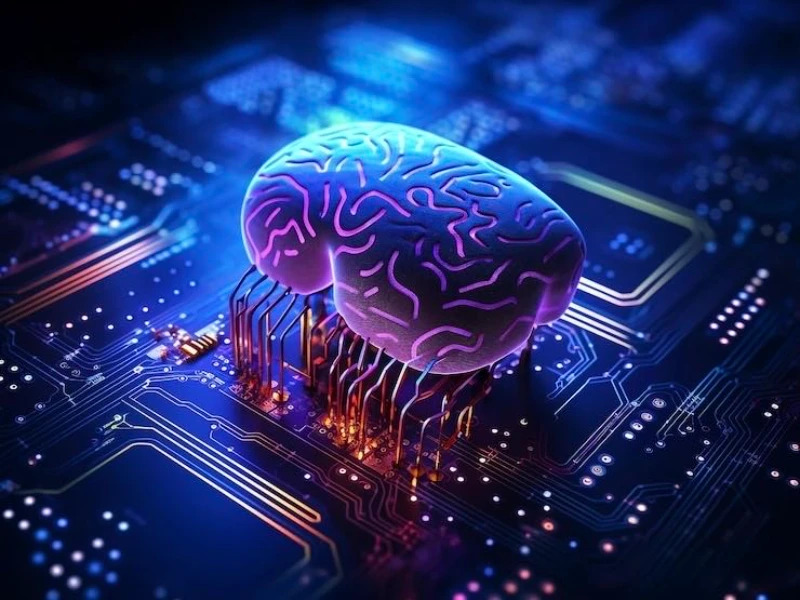- Computer vision aims to provide computer systems with human-like visual perception capabilities. It is an interdisciplinary field that enables computer systems to process, analyse, and accurately interpret our visual world.
- Machine learning is a straightforward subset or portion of artificial intelligence. Without human assistance, machines that embed machine learning can analyse and comprehend digital data autonomously.
- Machine learning enhances computer vision’s capacity to swiftly analyse visual data by identifying digital patterns. This synergy results in efficient image processing, characterised by instant recognition and effective digital processing.
In the past two decades, cutting-edge technologies such as Artificial Intelligence (AI), machine learning, and computer vision have transitioned from the realm of research and development to become integral parts of commercial and mainstream settings. This shift has seen the implementation of automated robot production assembly lines, automated vehicle guidance systems, and the utilisation of remotely captured imagery for automated visual inspection strategies. Consequently, computer vision and machine learning applications have emerged as highly captivating and compelling technical subjects today. As a result, numerous modern tech industry firms and ambitious technological start-ups are eagerly embracing the advantages offered by these advanced technologies.
Also read: Is speech recognition machine learning?
What is computer vision?
Computer vision strives to equip computer systems with human-like visual perception abilities, forming an interdisciplinary field that empowers these systems to process, analyse, and accurately comprehend our visual environment. For instance, computer vision enables computers to extract meaningful insights from images and videos akin to human interpretation. The objective is to imbue computers with this innate visual capability, enabling them to comprehend and analyse intricate digital systems, potentially surpassing human capabilities.
Modern computer vision heavily relies on machine learning, a subset of artificial intelligence dedicated to enabling machines to learn autonomously over time. Unlike systems operating solely on predefined rules, machine learning systems utilise past experiences and decisions to determine appropriate responses. Moreover, this can be achieved with minimal or no human intervention necessary.
Also read: How AI and Machine Learning revolutionised the beauty industry
Understanding machine learning
Machine learning is a distinct subset of artificial intelligence that enables machines to independently analyse and understand digital data without human intervention.
Utilising statistical principles and algorithms, machine learning generates models capable of making decisions based on input data. Consequently, machine learning finds applications across various domains, from supercomputers to intricate software engineering projects.
Now, let’s explore the relationship between machine learning and computer vision. Computer vision heavily relies on machine learning principles, as it involves the utilisation of machine learning algorithms to interpret visual data.
Having examined both concepts individually, we can now delve into their technical integration.
Relationship between machine learning and computer vision
What precisely is computer vision within machine learning? Machine learning has strengthened the ability with which computer vision can correctly analyse visual data by swiftly identifying digital patterns. Machine learning has made computer vision image processing positively effective via instant recognition characteristics and efficient digital image processing.
Computer vision has significantly benefited from machine learning techniques involving machine learning’s scale of digital operations. Key advancements within computer vision processes have permitted machine learning algorithms to function on a wider range of digital data sets.
Machine learning and artificial intelligence-based computer vision procedures have been developed to correctly identify and diagnose tumors and other growths appearing within the human body. While recent application results have been encouraging, there is always room for further improvement within this medical field.

